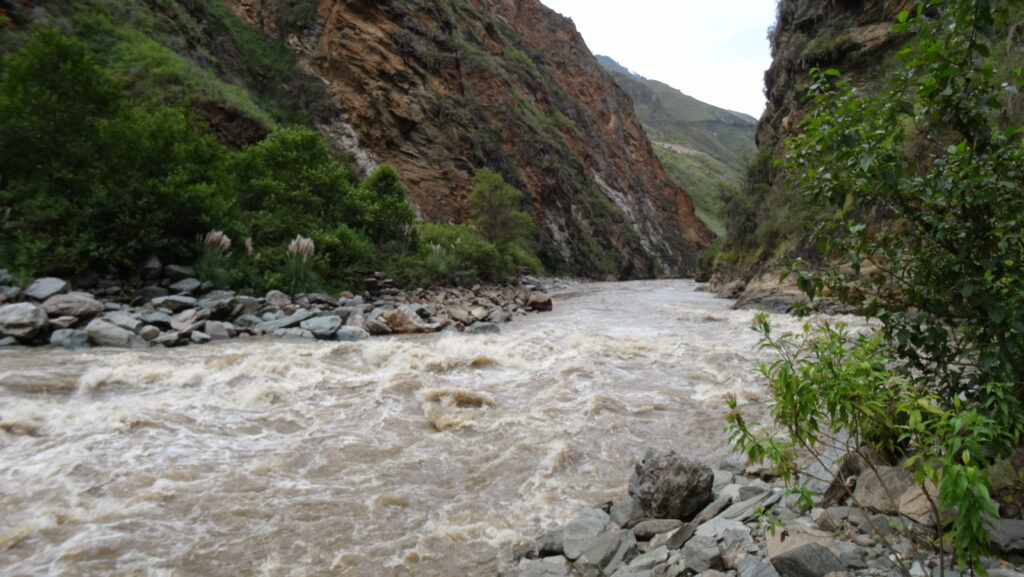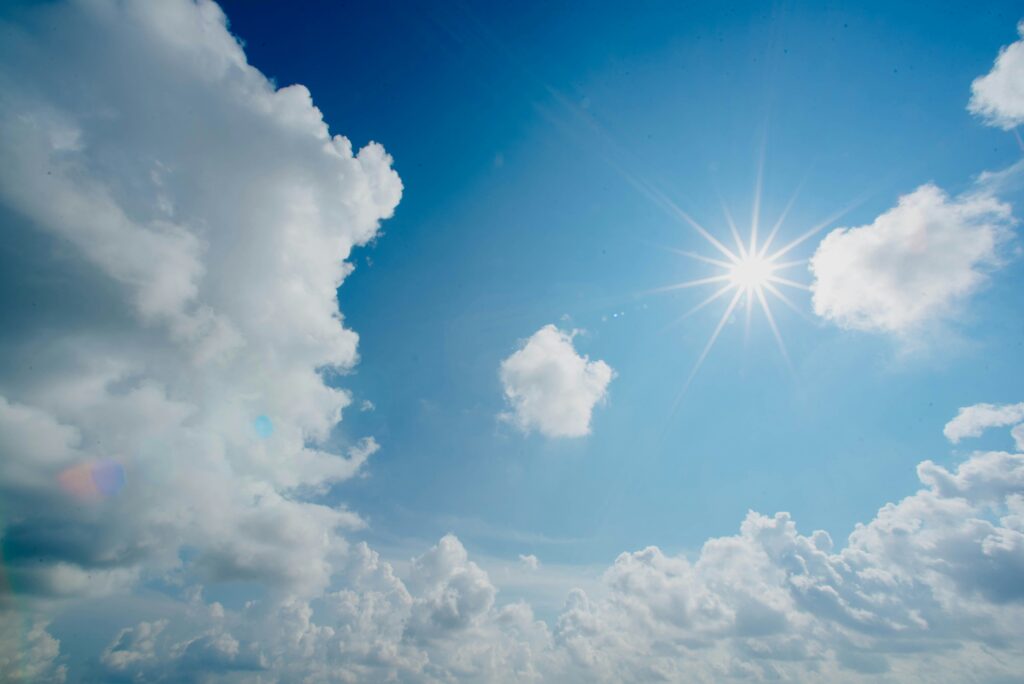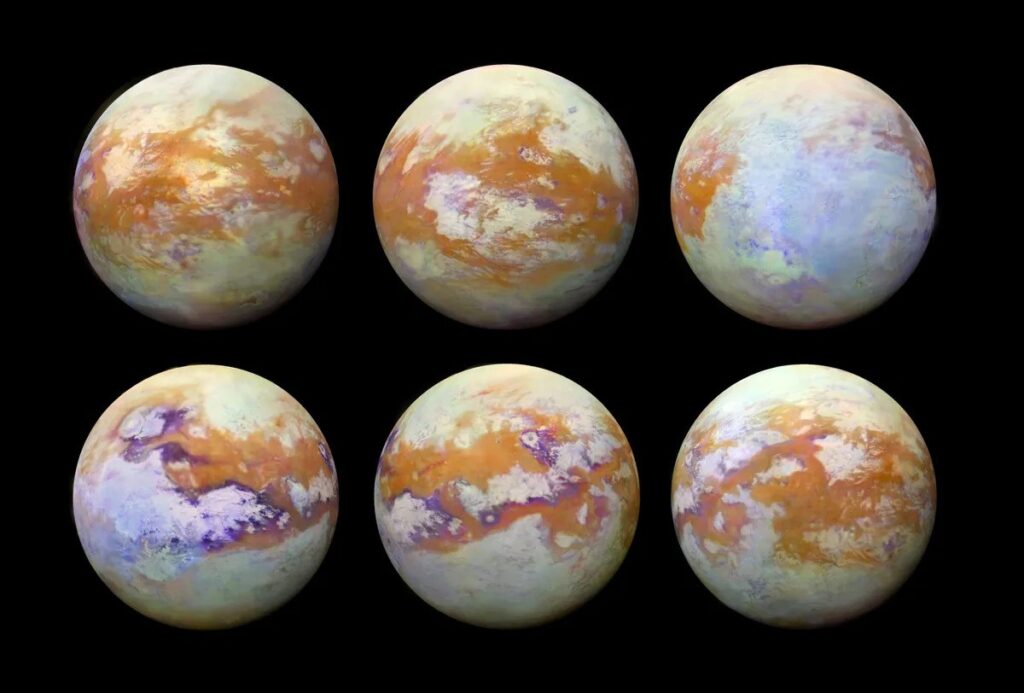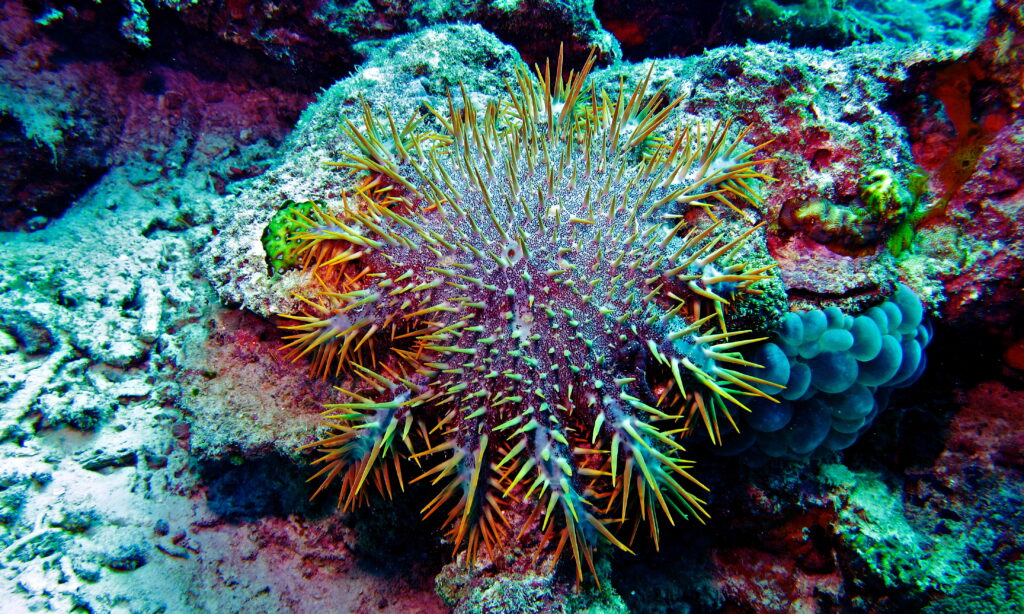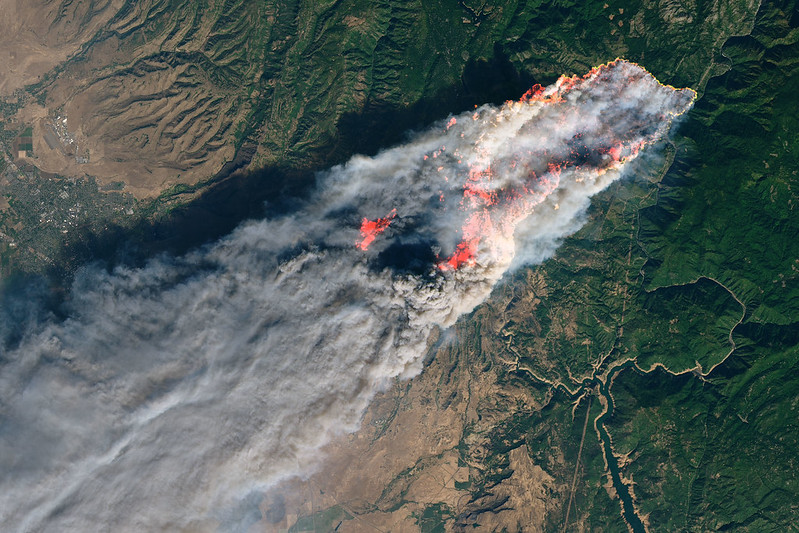
Aging power utility lines ignited the Camp Fire near Paradise, California on 8 November 2018, captured by the Operational Land Imager on Landsat 8. Credit: NASA Goddard Space Flight Center.
People and power lines are starting more wildfires in tinder-dry West
Large wildfires have increased in the western U.S. in the last 50 years. Identification of the causes of ignition has not kept pace. More than 50% of wildfires now have unknown sources — a problem for prevention. A new study used machine learning to retroactively assign causes to 150,247 wildfires that ignited from 1992 to 2020, finding increasing trends for firearms, fireworks and power infrastructure. [Earth’s Future study]
Where the chickens are: High density farms cluster in socially vulnerable areas of North Carolina and Southeast US
Waste from Concentrated Animal Feeding Operations (CAFOs) accumulates in heaps and lagoons and is sprayed over nearby farmland, creating nasty health hazards for local people. Poultry farms are mostly unregulated in poultry powerhouse North Carolina, making environmental impacts difficult to assess. A new study maps these operations from space to identify who has to live with the chicken poo: primarily regions with low socioeconomic status. [GeoHealth study]
Vulcan-like exoplanets could be habitable
Some terrestrial planets with extreme internal heating, like Jupiter’s volcanic moon Io, can have solid surfaces and surface temperatures suitable for life. [Journal of Geophysical Research Planets study]
What lurks beneath the Antarctic ice
A new model of the plumbing underlying the full Antarctic Ice Sheet aims to improve predictions of global sea level rise. [Geophysical Research Letters study]
Rivers meandering faster on the Tibetan Plateau
Warmer temperatures are releasing the sinuous rivers of the “third pole” from their existing channels, speeding the migration rates of permafrost rivers by 34.6% from 1987 to 2022 through the combined effects of higher water discharge, ground ice melt and an additional 35 thawing days each year. [Geophysical Research Letters study]
Antarctic ice melt may fuel eruptions of hidden volcanoes
More than 100 volcanoes lurk beneath the surface in Antarctica. Ice sheet melt could set them off.[Eos research spotlight] [Geochemistry, Geophysics, Geosystems study]
Will the volcanoes of Germany’s Eifel Mountains erupt again?
New processing strategies applied to old seismic data reveal potential pockets of magmatic fluids or melts from the upper mantle. [Eos research spotlight] [Geophysical Research Letters study]
###
Subscribe to This Week from AGU or update your subscription preferences


